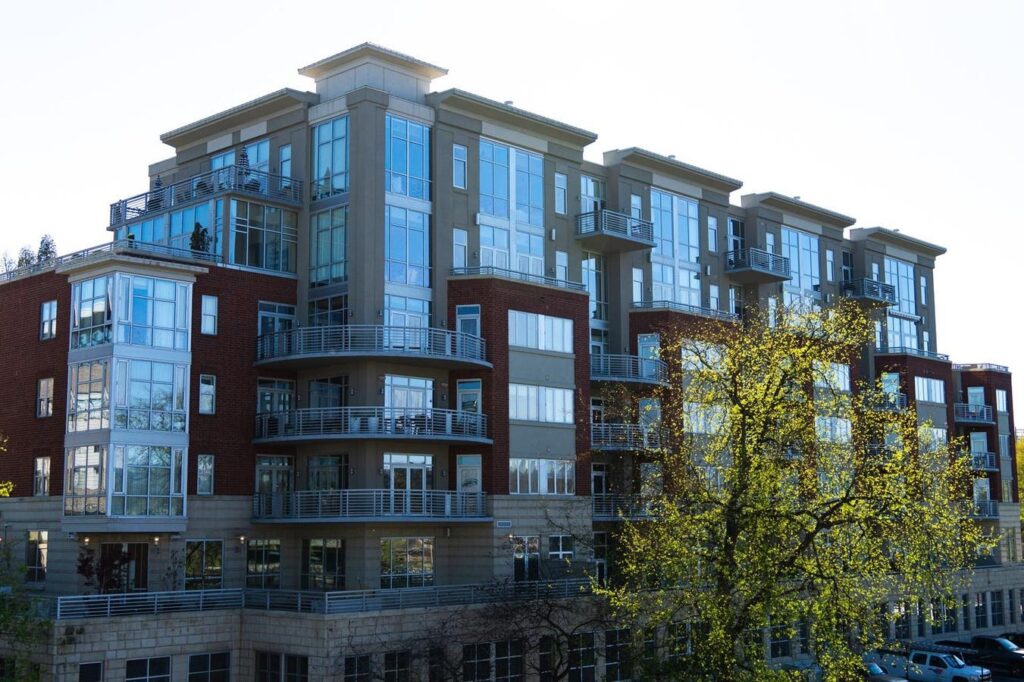Ellie Perlman, CEO of Blue Lake Capital Int’l LLC | Growing & Preserving Wealth With Multifamily Investments | Podcast Host: REady2Scale.
As we move toward 2025, the multifamily real estate sector is poised for significant developments, creating new opportunities for investors. After navigating the headwinds of high interest rates and a peak in construction activity, I think we now find ourselves entering a new cycle that promises more favorable conditions for property owners and investors alike.
In my years of running Blue Lake Capital, I’ve learned that real estate operates in cycles, and understanding these patterns is key to making informed investment decisions. Here are my top predictions for the multifamily sector in the coming year.
1. Cap rates will decrease as interest rates decline.
Cap rates and interest rates often move in tandem, and as interest rates begin to stabilize and decline, I think we’ll see cap rates follow suit. This could create a prime opportunity for investors to capitalize on property appreciation and rental income growth.
With the Federal Reserve signaling an easing of monetary policy toward the end of 2024, I expect that by 2025, cap rates will begin to compress, particularly in high-growth markets like the Sun Belt. This will likely lower the cost of capital and improve investor returns, making it an opportune time to seek out multifamily assets.
For those less familiar, a declining cap rate means that property values are increasing, even if net operating income stays the same. This phenomenon, combined with a favorable interest rate environment, allows investors to gain from both asset appreciation and cash flow, enhancing the overall return on investment.
2. Strong demand will persist despite shrinking supply.
One of the biggest trends I’m observing in the multifamily market is the mismatch between supply and demand. In 2024, construction of new units was expected to drop by 20%, and I expect this trend to continue into 2025. With fewer new apartments coming online, competition for existing rental units will likely drive rent growth.
The multifamily sector is benefiting from ongoing affordability challenges in the single-family home market. As mortgage rates remain high relative to pre-pandemic levels, many would-be homeowners are staying in the rental market longer than expected. In addition, population growth in key markets like Phoenix, Dallas and Houston will likely continue to fuel rental demand.
As a result, many predict—and I agree—that rental rates will increase by 3% or more in about one-third of the top 50 U.S. markets. Investors who focus on markets with tight supply and strong job growth could be well-positioned to benefit from this sustained demand.
3. The Sun Belt will remain a hot market for multifamily investments.
It’s no secret that the Sun Belt—regions in the southern and southwestern U.S.—has been a magnet for multifamily investment over the past few years. The combination of affordable living, strong job markets and population growth continues to drive demand in these areas, and I don’t see this trend slowing down anytime soon.
In 2025, I predict that cities in the Sun Belt, such as Phoenix, Atlanta and Dallas, will continue to outperform other regions. These cities are attracting residents and businesses alike due to their lower cost of living and favorable economic climates. Investors who target these markets could potentially see higher occupancy rates, stronger rent growth and long-term appreciation potential.
4. Technology and automation will play a bigger role.
Another trend that I believe will shape the multifamily sector in 2025 is the increasing role of technology. From property management software to tenant engagement apps, technology is streamlining operations and improving the tenant experience. As we see more tech integration into the multifamily space, investors should take note of how these advancements can improve efficiency and reduce operational costs.
I also predict that data analytics will play a critical role in market selection and asset management. By leveraging real-time data on rental trends, demographic shifts and tenant behaviors, investors can make more informed decisions about where to invest and how to optimize property performance.
5. Sustainability will become a key value driver.
Sustainability is no longer a buzzword; it’s becoming a key factor in real estate investment decisions. Tenants, particularly Millennials and Gen-Z renters, are increasingly prioritizing eco-friendly buildings, and many local governments are introducing more stringent regulations around energy efficiency and sustainability.
In 2025, I expect to see more multifamily developers and investors incorporating sustainable practices into their properties. This includes everything from energy-efficient appliances and solar panels to green building certifications. Properties that prioritize sustainability could attract more tenants, command higher rents and reduce operational costs, making them more attractive investment opportunities.
The multifamily real estate market is at a critical juncture as we head into 2025.
While the challenges of recent years—like high interest rates and an oversupply of new units—are beginning to subside, new opportunities are emerging for those ready to take action. By understanding the cyclical nature of the market and focusing on high-demand regions, investors can position themselves for success in the coming year.
Whether you’re an experienced investor or just getting started, I recommend you stay informed and adaptable. By following these trends and predictions, you’ll be well-equipped to navigate the multifamily market in 2025 and beyond.
The information provided here is not investment, tax or financial advice. You should consult with a licensed professional for advice concerning your specific situation.
Forbes Business Council is the foremost growth and networking organization for business owners and leaders. Do I qualify?
Read the full article here

